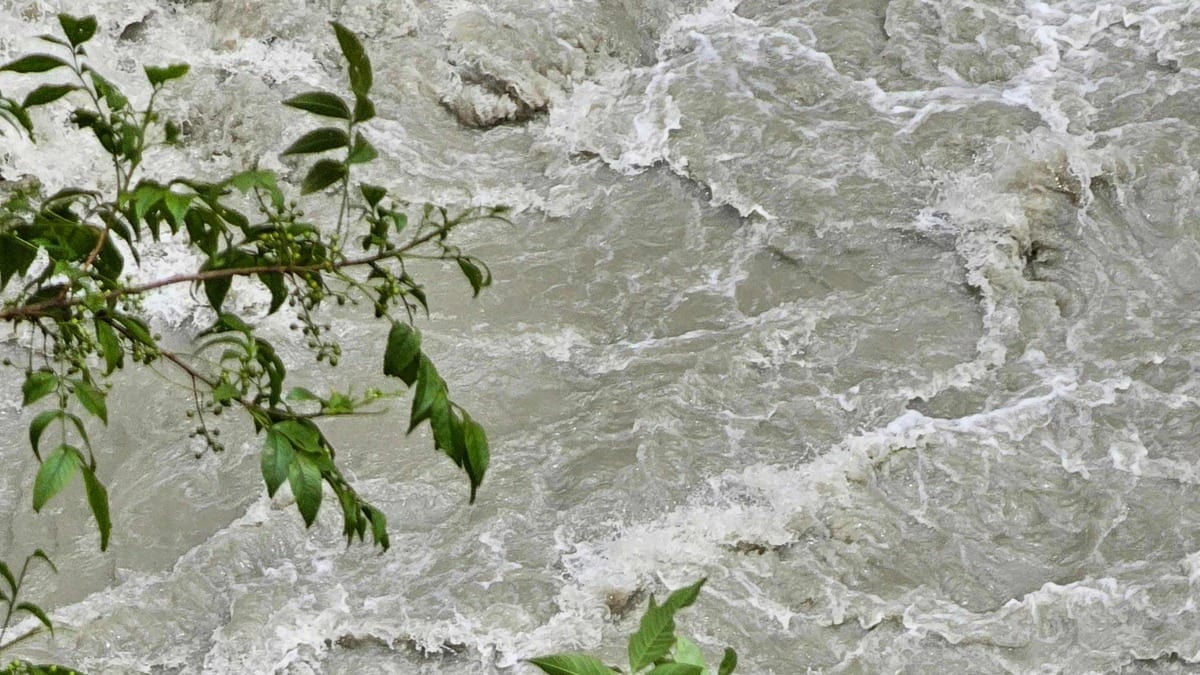
Elephants and other buffalo from Zimbabwe’s largest national park have been migrating en masse for several weeks to neighboring Botswana due to water shortages, the Parks and Wildlife Service learned Monday from Zimbabwe.
• Read also: Tunisia: The heritage of the island of Djerba is on the UNESCO list
• Read also: Mali, Burkina Faso and Niger sign a defense alliance
“Many animals are leaving Hwange National Park for neighboring Botswana,” Zimparx spokeswoman Tinashe Farao told AFP on Monday.
Hwange Park (west), with an area of about 14,600 square kilometers, includes about 50,000 elephants.
The spokesman said the wildlife migration from Hwange to Botswana is not an unusual phenomenon, but this year is characterized by its early speed. Natural water points are now dry earlier in the year than usual, due to less rainfall.
Farao expressed his regret, saying: “I cannot give the exact number of elephants that have moved. It may be hundreds or thousands of elephants, but in any case, there are many,” noting that this forced migration began in August.
He added: “Animals are searching for water and food, and this is not limited to elephants and buffalo, but to all types of animals in the park.”
“The number of migratory animals has clearly increased in recent years due to the increasingly severe water shortage,” he said.
According to him, this huge movement of wildlife risks causing new confrontations with humans: “More animals will invade communities, as people compete with them for water.”
Since last year, several clashes have been recorded between elephants or buffalo and residents of villages adjacent to Hwange Park. According to the government, at least 60 people were killed last year by elephants, whose numbers are increasing.
Zimbabwe has about 100,000 elephants, nearly double the capacity of its parks, according to conservationists. With 130,000 samples, Botswana is the country with the largest number of samples in the world.
The Intergovernmental Panel on Climate Change (IPCC) has classified southern Africa as a region at risk of extreme heat and reduced rainfall due to global warming.






